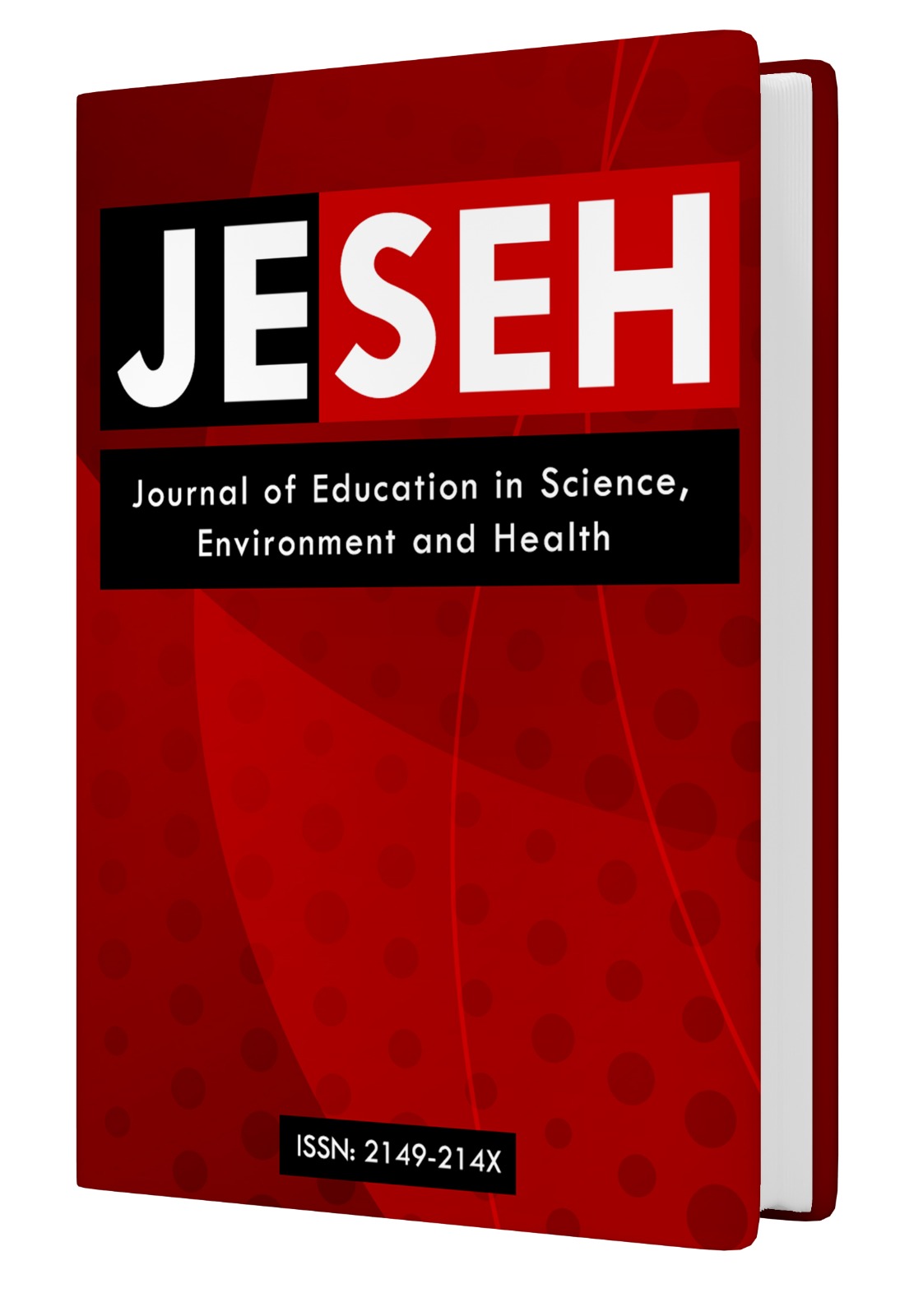Virtual Reality Technology in Science Education: Exploring Trends and Future Perspectives
DOI:
https://doi.org/10.55549/jeseh.802Keywords:
Virtual reality, Bibliometric analysis, VOSviewerAbstract
The importance of virtual reality in science education is constantly increasing. For this reason, this study aims to identify current trends in science education through virtual reality (VR) themes using a bibliometric analysis of the Web of Science (WoS) database. Data analysis was conducted with VOSviewer software. Findings reveal that VR studies are primarily categorized under “Education Educational Research” and “Education Scientific Disciplines.” VR technology first appeared in science education research in 2002, with publications steadily increasing over time. The most prolific and influential researchers were Lamb, Richard, and Etopio, Elisabeth, while the United States, Australia, and Türkiye had the highest academic impact. The most frequently used keywords were “virtual reality,” “science education,” “augmented reality,” and “higher education,” while recurring abstract terms included “technology,” “knowledge,” and “research.” These results underscore the rising importance of VR technologies in science education and map the evolving research landscape, offering valuable insights for future studies and educational practices.
References
Tekindur, A. & Kara, S. (2025). Virtual reality technology in science education: Exploring trends and future perspectives. Journal of Education in Science, Environment and Health (JESEH), 11(3), 220-234. https://doi.org/10.55549/jeseh.802
Downloads
Published
Issue
Section
License
Copyright (c) 2025 Journal of Education in Science, Environment and Health

This work is licensed under a Creative Commons Attribution 4.0 International License.
The articles may be used for research, teaching, and private study purposes. Any substantial or systematic reproduction, redistribution, reselling, loan, sub-licensing, systematic supply, or distribution in any form to anyone is expressly forbidden. Authors alone are responsible for the contents of their articles. The journal owns the copyright of the articles. The publisher shall not be liable for any loss, actions, claims, proceedings, demand, or costs or damages whatsoever or howsoever caused arising directly or indirectly in connection with or arising out of the use of the research material. All authors are requested to disclose any actual or potential conflict of interest including any financial, personal or other relationships with other people or organizations regarding the submitted work.






